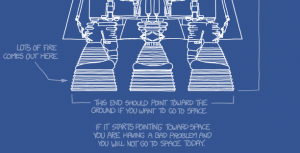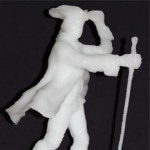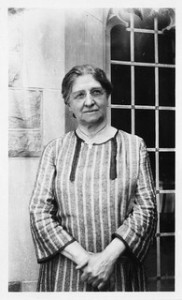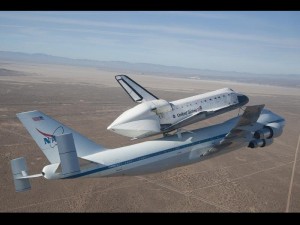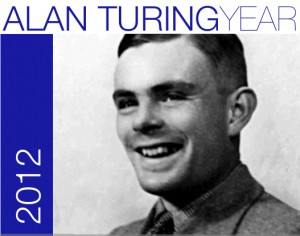Chicken Little might have been vindicated, had he been feeling the sky fall last week in Russia! Last Friday, February 15, I was going to blog about asteroid 2012 DA14, that was whizzing by Earth at 1/13 the distance to the moon, but I awoke to find that a spectacular meteor event had stolen the astro-object thunder by breaking up over central Russia – at about 15 meters on entry, arguably the largest recorded meteor since 1908. This Chelyabinsk meteorite event ended up with over 1000 people injured. NASA assures us that the two objects are unrelated, but, holy space rock, Batman, coincidental!
Post meteor, Simon Rogers has a map of every known meteorite fall on Earth over at the Guardian Datablog. After that, you may feel reassured by viewing this list of the measured impact risk of known near-Earth objects maintained by NASA-JPL’s Near-Earth Object Program. But don’t get too comfortable, yesterday at Scientific American Blogs, John Matson asks, “Could Another Chelyabinsk-Scale Meteor Sneak Up on Us?” and finds, “With limited resources, asteroid spotters have naturally focused on the largest asteroids that could cause the most mayhem. But the smaller, more frequent arrivals to our planet are likely to remain unpredictable for the foreseeable future.”
Image: Witness photo by Nikita Plekhanov from Wikimedia Commons



